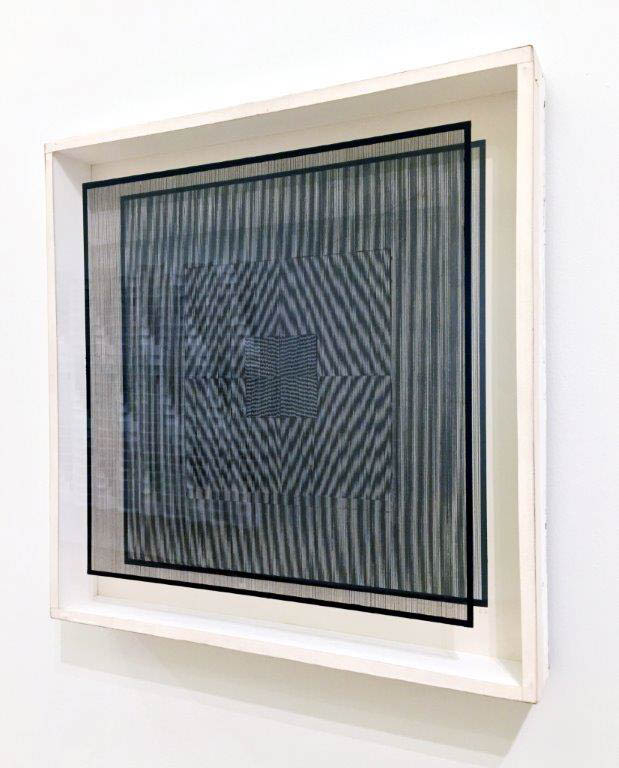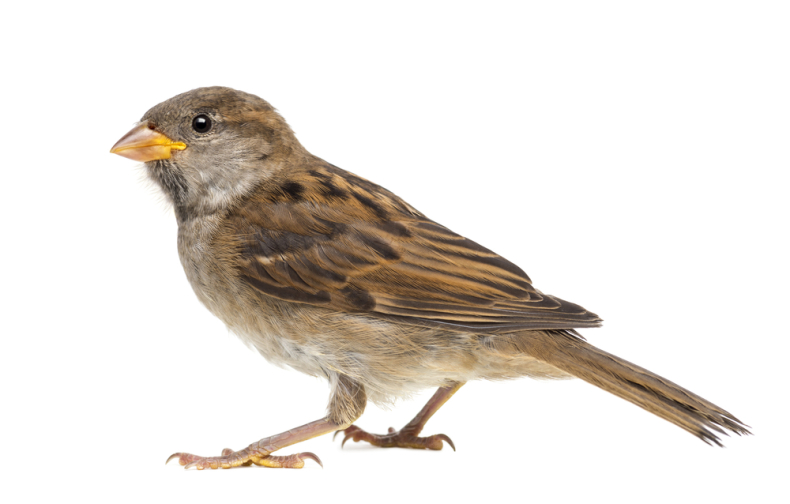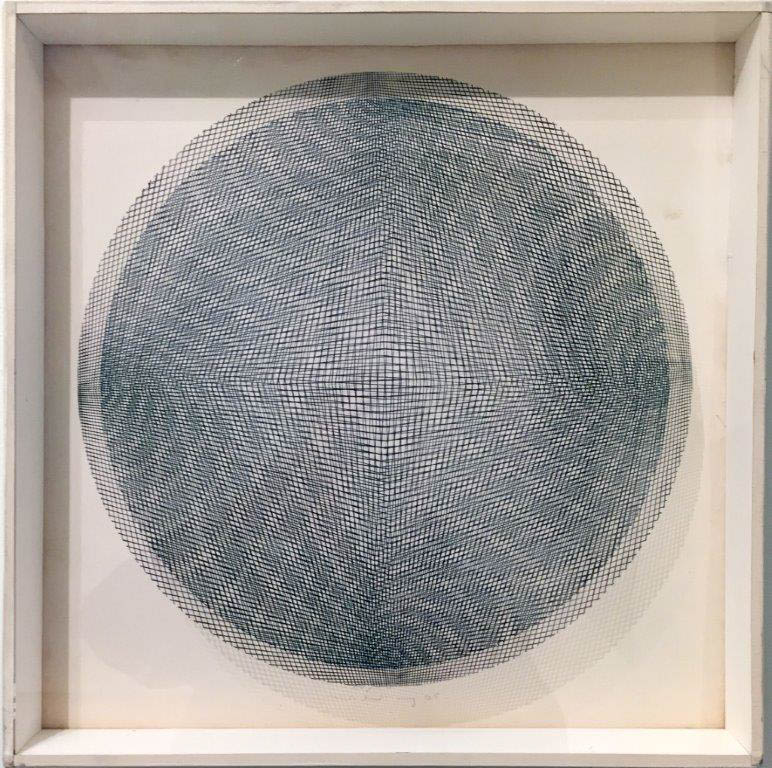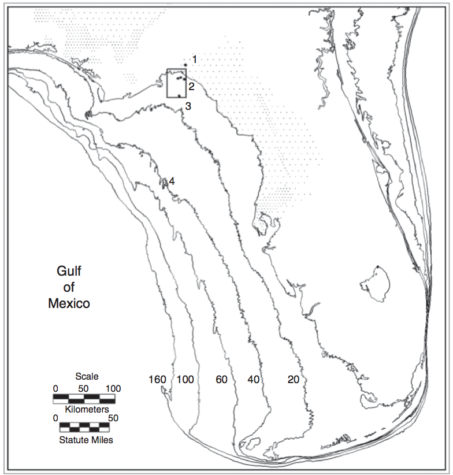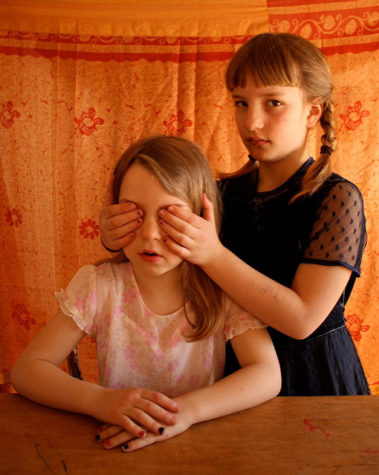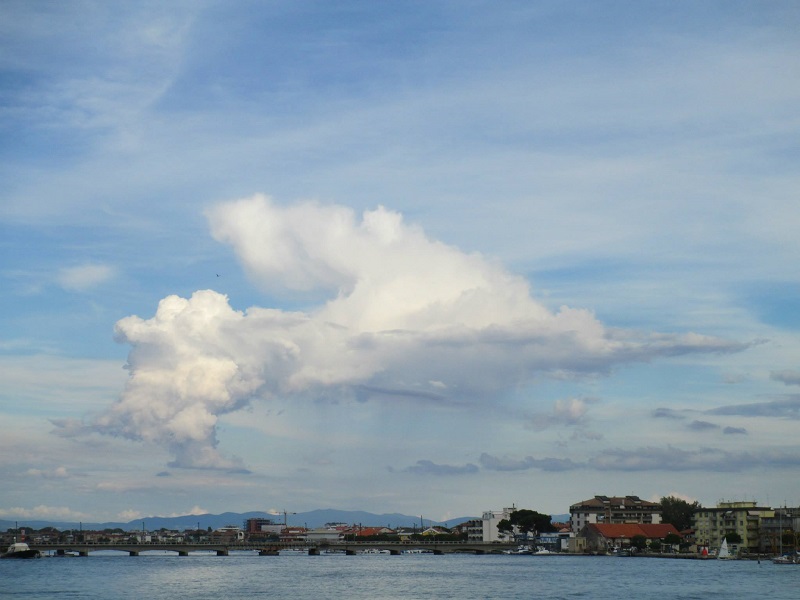 For the better part of 30 years, my head was firmly stuck in English. But when I moved to Italy three years ago, I also started my first genuine effort at picking up a second language.
For the better part of 30 years, my head was firmly stuck in English. But when I moved to Italy three years ago, I also started my first genuine effort at picking up a second language.
My barely remembered high school Spanish prepared me for some things about Italian, like the gendered nouns and overwhelming conjugations. But the most difficult lesson was a basic one: Definitions of words just don’t line up into easy translations across languages.
Meanings can shift into false-friend territory. For example, if I want to tell someone not to worry, sometimes I dig up the word “fret” from the English in my head and I tell them not to have “fretta”. Only later do I remember that “fretta” in Italian actually means hurry.
Words also don’t always exist in the same form, such as “need.” There is no common verb for “need” in Italian. It’s just the noun: bisogno. So I have to think “I have need of” in English and then say “Ho bisogno di” in Italian. And then, only if I want to be kind of rude.
But most maddeningly, definitions can expand and contract in ways that don’t seem natural to an English-stuck brain. Of those, there was one word I struggled with in particular: Bello.
Bello and variations like “bella” and “bel” mean beautiful. Learning the word was simple. The problem was how it rolled off Italian tongues with an ease that startled me. Bello is the Italian go-to word for everything from beautiful, to pretty, to handsome, to pleasant, to wonderful, to cool, to nice, to neat.
So it sounded to me like Italians thought everything good was also beautiful. The sunset is bello. This car is bella. That dog is bello. Your jacket is bella. Someone might call you bello or bella, and depending on the context that could mean they’re either happy to see you or hitting on you.
I just couldn’t handle it. I needed an English word that was somewhere between beautiful and cool that I could transfigure into bello in my head before letting it out my mouth. I wound up settling on “lovely” as something with similar flexibility. Emotional yet gentle, it’s a word I’ve since come to appreciate, and it has crept into my casual English. We could all stand to be a little more lovely.
But over time I started to think that the Italian use of bello was more than just a linguistic quirk. What if it’s a fixation on beauty itself? Just maybe, to Italians, everything good is also beautiful. Continue reading →



